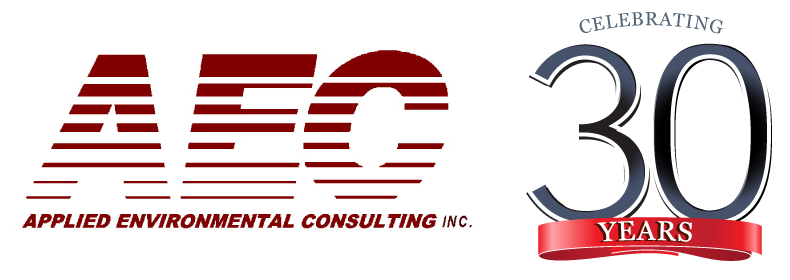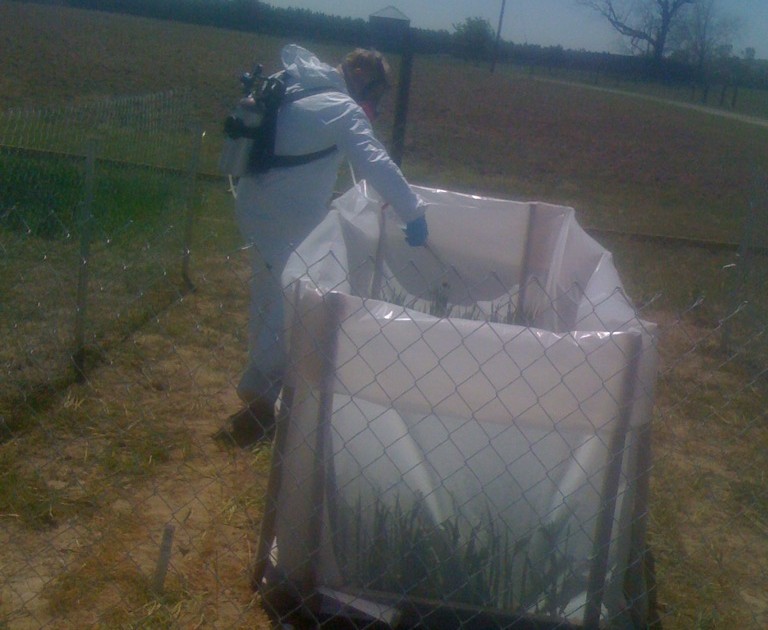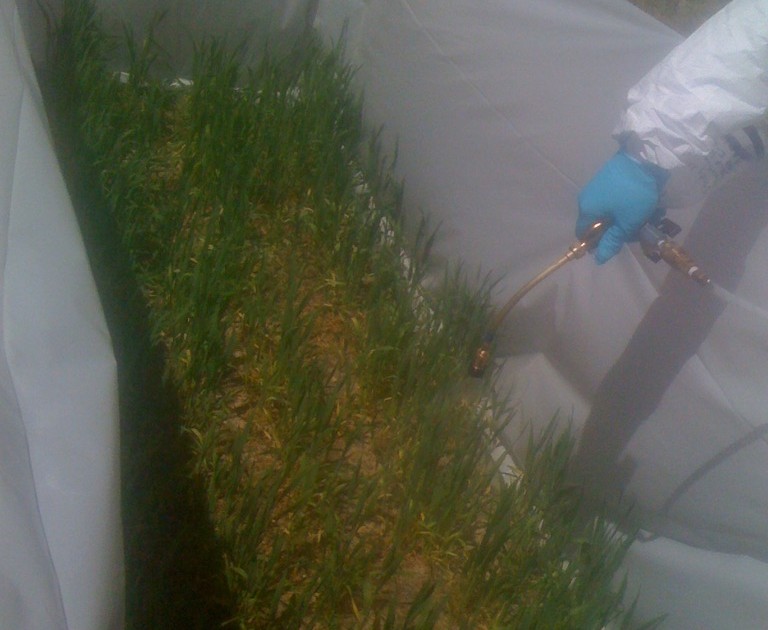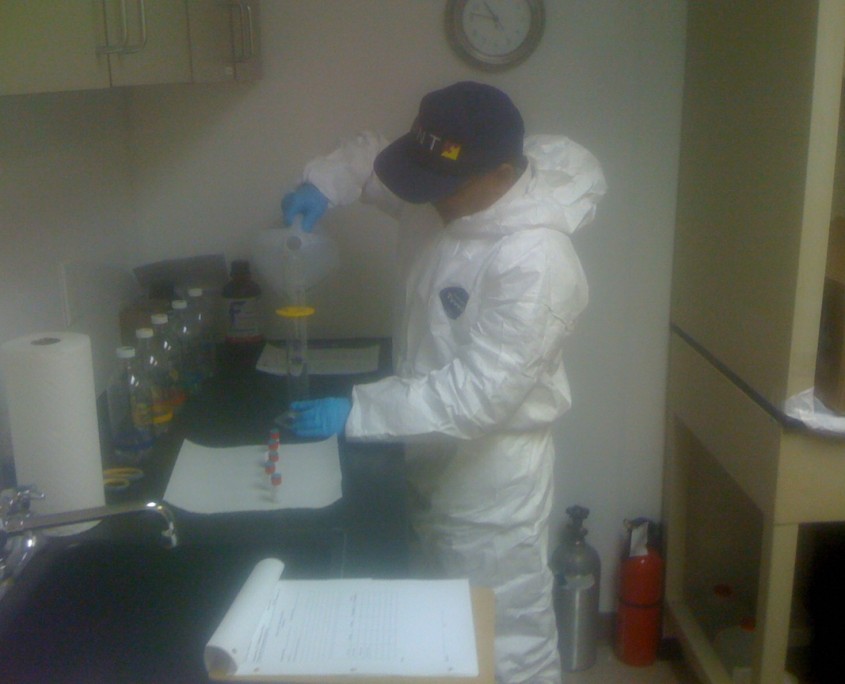In addition to gauges and TENORM clients, AEC consults the industry that possesses and uses radioactive materials in a myriad of methods. AEC has also provided research in the better understanding of the risk of handling the materials.
Research Companies
Clients use radioactive materials tagged to organic compounds which are used as tracers. The purpose is to identify the efficacy and tenaciousness of the research compound. For example, herbicides and pesticides need to be tested to assure that they are effective and do not linger in the environment to assure no more environmental problems, like DDT. After administration of the tracer to a plant or soil, samples are taken to identify the extent of uptake and persistence. These results are provided the product manufacturer who submits the report to the federal agencies to obtain permits for distribution to the general public. The primary radioactive material is carbon-14 tagged to an organic compound.
To date decommissioning of plots where radioactive materials have been administered have been completed in Florida, Georgia, Texas, Illinois, Mississippi and California.
Department of Defense Contractors
AEC provides licensing and health physics support to several companies who are contractors to the Department of Defense. The use of radioactive materials is primarily the use of small amounts of discrete sources used in the tactical equipment used by the military.
Veterinary Hospitals
AEC provides licensing, radiation protection training and general health physics support to veterinary hospitals that treat cats with I-131. Cats with overactive thyroids are not very good pets as their metabolism is too high driven by an overactive thyroid. The injection of I-131in the cat allows the radioactive iodine to be concentrated in the thyroid and reduce the metabolism in the cat. The injection, care, handling of the kitty litter and related paraphernalia, monitoring doses to the workers, and contamination control of the laboratory until the cats are ultimately discharged are the primary issues that must be approved through a license prior to receiving radioactive materials.








